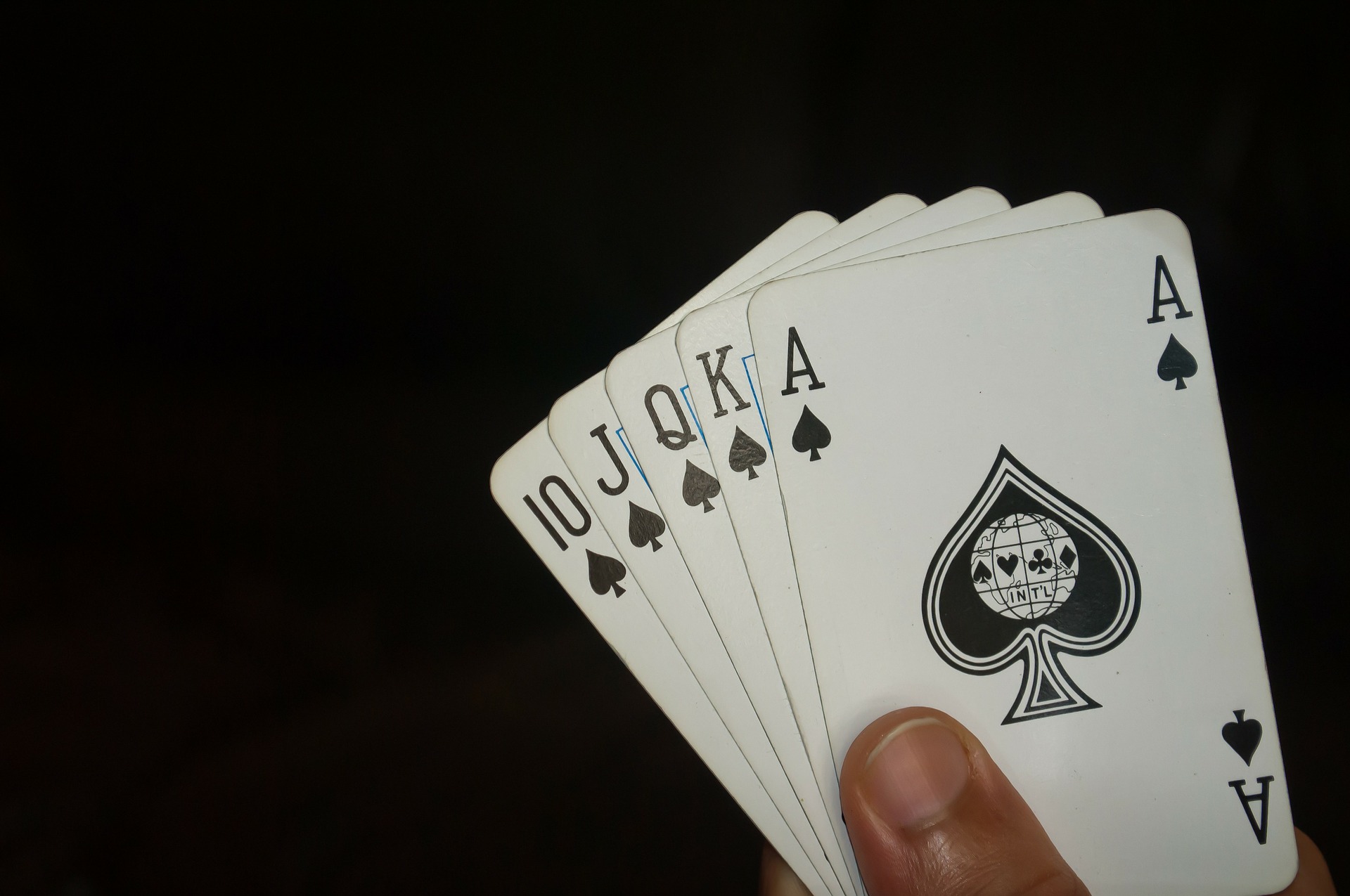Although it might seem surprising, gambling is one of the oldest recorded pastimes that we have concrete archaeological evidence of.
The first evidence of gambling according to Playcasinos.ca dates from as far back as 3,000 BC — a staggering 5,000-plus years ago. In ancient Mesopotamia, which roughly spanned modern-day Iraq, Kuwait, Syria and Turkey, there’s evidence of a barely surviving six-sided dice.
By 1,000 BC there is evidence of gambling houses in modern-day China, where people could take part in lotteries, play early forms of domino-like games and place bets on animal fights. Somewhat miraculously, a number of betting slips have also managed to survive from this period, which are known as “Keno slips.” These were from a type of lottery, which was used to raise funds for state works. Dating from around 200 BC, it has even been suggested that these were used to fund construction projects such as the Great Wall of China.
What this tells us is that the ancients loved gambling just as much as the modern man. Based on this evidence, you could make a strong case that gambling for fun is at the very core of what makes us human.
The most popular gambling games among the ancients were primarily dice-based games. It was not until around 800 AD that the first deck of cards appeared in China. These were quite different from the 52-card deck familiar to us today and were more than likely based on a variation of traditional Chinese dominoes.
It also seems that a love of gambling was as common among the highest standing members of society as it was to the average man on the street. Many of the casino games we know and love today were originally devised as parlor games for aristocrats and the socially elite. In fact, some of the most notable advances in casino games and gambling emerged within this context.
Baccarat, for example, first became popularized in the 1400s amongst the French and Italian elite. Just a couple of hundred years later, in and around the 1600s, we also saw an early version of blackjack emerging. This was based on other similar variations found in France and Italy, and was famously mentioned in the epic Spanish classic, “Don Quixote.”
Within this history, the closest thing to the modern casino are the early gambling houses of late Renaissance Italy, which appeared around 1638. This format slowly spread throughout the wealthy Italian city-states, eventually cropping up all over continental Europe.
It wasn’t until the 19th century that the games we are most familiar with in the modern casino emerged. This proved to be a bumper century in casino evolution, giving rise to the first roulette wheel, the first poker variation, and the original Liberty Bell slot machine.
Since then, casinos have truly gone from strength to strength. Currently, the casino world is a global industry, generating hundreds of billions of dollars in revenue each year. Based on this over 5,000-year-old history, it looks as though they will be with us for quite some time to come.
















